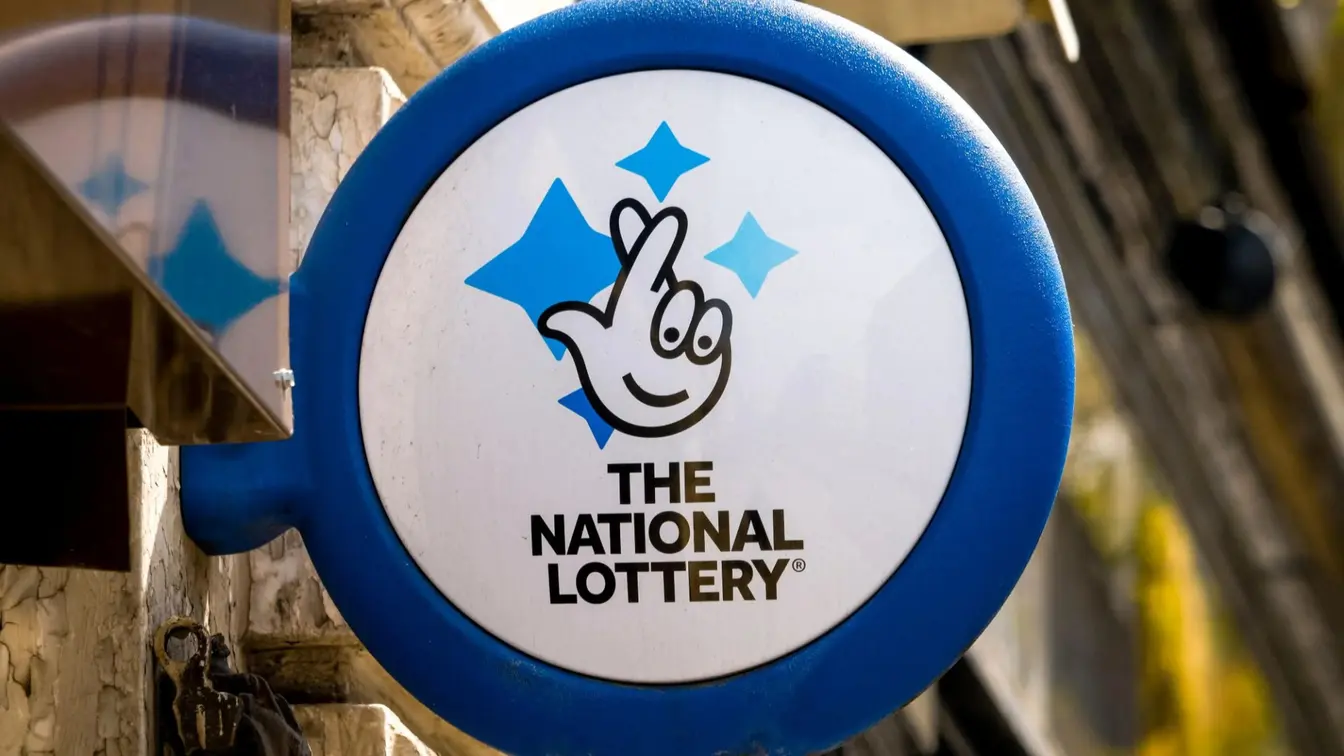T4K3.news
Chrysalis generation ship wins Hyperion prize
A 1000-person, 250-year space voyage concept earns Project Hyperion recognition and signals bold steps for future space settlements.
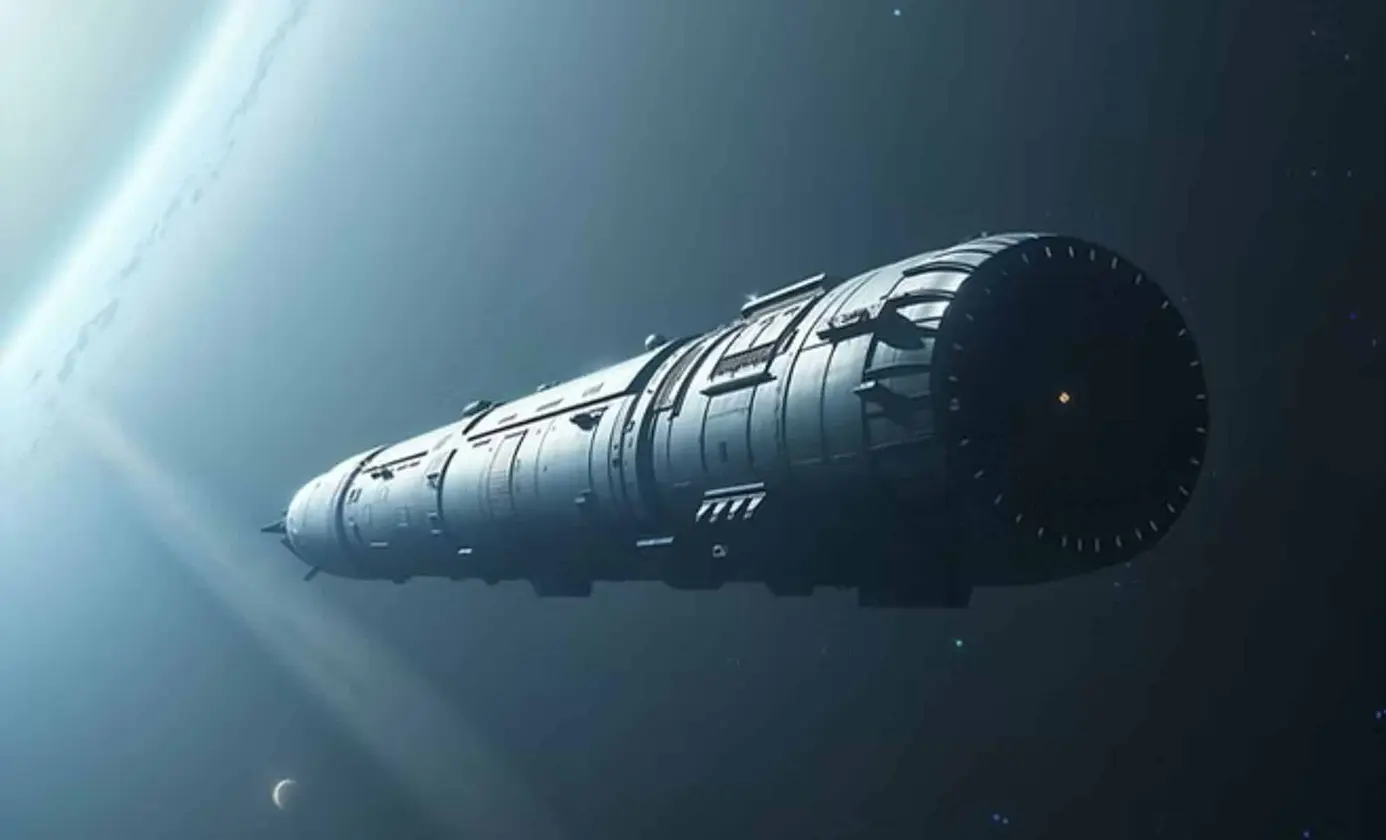
A bold concept for a self-sustaining generation ship named Chrysalis would carry 1,000 people on a 250-year voyage to Alpha Centauri as part of Project Hyperion.
Chrysalis generation ship targets a 250-year voyage
Chrysalis, the winning concept in Project Hyperion, envisions a 36-mile long generation ship designed to carry 1,000 people on a 250-year voyage to Alpha Centauri. The vessel blends self-sufficiency with a network of biomes, food production rooms, libraries, parks, schools, and sports facilities. Fusion reactors would power the ship while rotating concentric cylinders generate artificial gravity, and a 130-meter cosmos dome would give occupants a panoramic view of space.
The ship is built in shells with agriculture and biomes in one section, living quarters in 20 module sectors for the 1,000 inhabitants, and shared spaces to support mental well-being. A genetic bank would store seeds, embryos and DNA, and a closed-loop system would recycle water and nutrients. Biodiversity would be preserved while protein might be produced synthetically. The plan also includes a governance framework, including the Chrysalis Plenary Council that meets annually inside the cosmos dome, the dome oriented toward the Sun and Earth as a link to origins. The target destination is Proxima Centauri b, four light-years away.
Key Takeaways
"The cosmos dome is more than a window it anchors a community living in the vast emptiness"
Highlighting the dome as a cultural focal point
"A generation ship demands governance that lasts longer than a generation"
Comment on governance challenges
"Preserving biodiversity aboard a ship is a bold pledge to Earth"
Remarks on biodiversity and the genetic bank
"Long journeys require trust and culture as much as fuel and steel"
Editorial takeaway
The concept tests not only engineering limits but social ones. Building a ship that can run for generations hinges on reliable life support, energy, and fault tolerance for issues that might last decades. Fusion power and artificial gravity help, but the risks of system failure, genetic drift, and resource depletion remain major hurdles.
Beyond technology, Chrysalis raises questions about who decides who travels, how families are formed, and how a multi-generational culture stays cohesive. The project invites a broader conversation about governance, ethics, and the long economic arc required to fund such an undertaking. If science fiction becomes science, the real challenge will be translating imagination into safe, verifiable pathways for future generations.
Highlights
- Generations will call a ship home and not look back
- Long horizons demand a new kind of leadership
- If biodiversity rides along science carries responsibility
- A cosmos dome treats space as a classroom of life
Ultimately the test is whether imagination can be matched by discipline.
Enjoyed this? Let your friends know!
Related News

Project Hyperion Launches Competition for Stellar Travel Designs
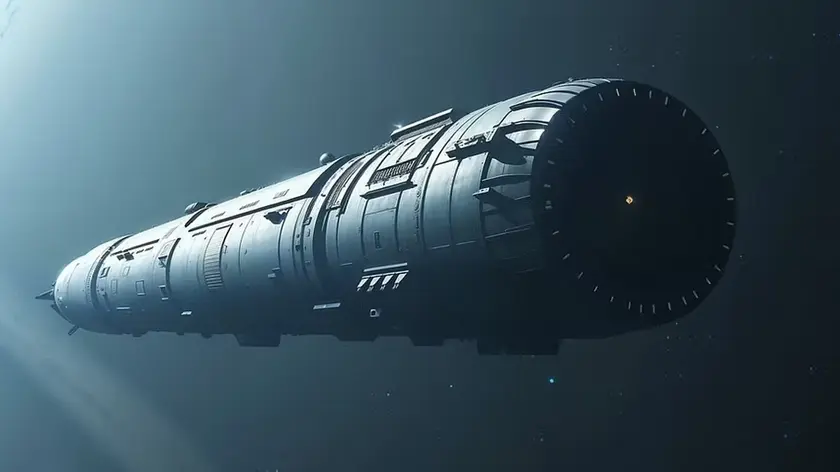
Chrysalis spacecraft wins design competition
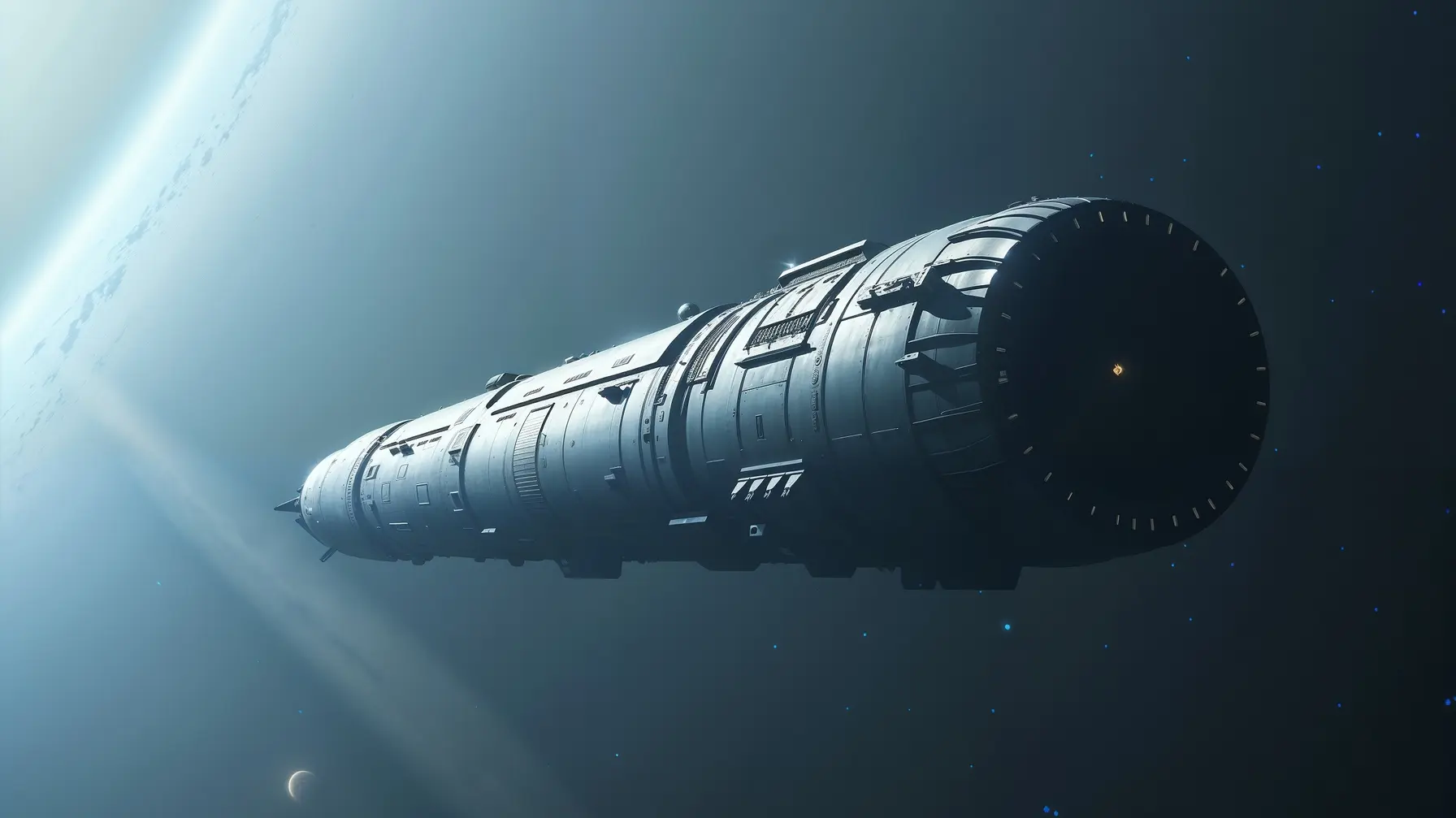
Chrysalis spacecraft concept revealed for Alpha Centauri journey

Ranking all FBS programs for the 2025 season

Women's EURO 2025 Financials Revealed
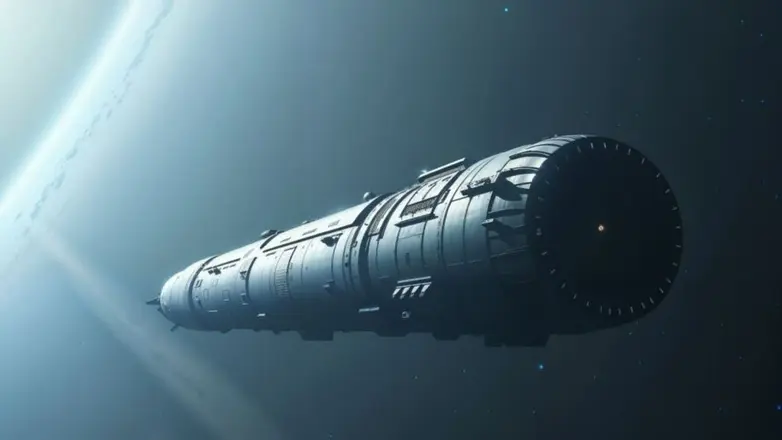
Competition unveils designs for deep space generation ship

National Lottery suspends ticket sales this weekend

£100m in Premium Bond Prizes Remain Unclaimed
